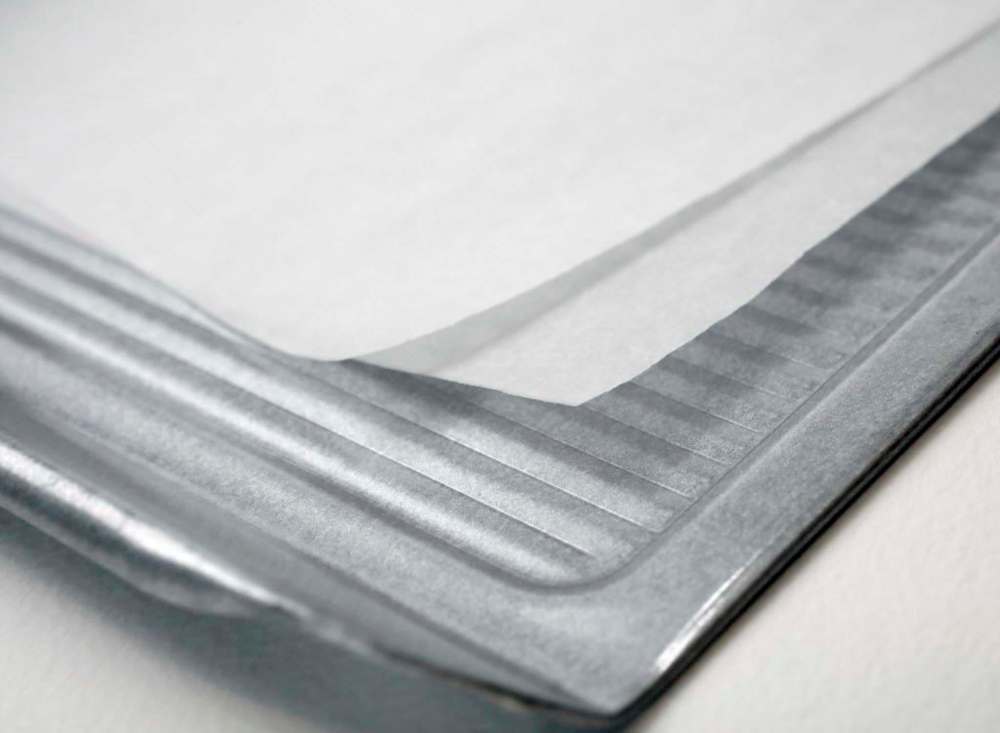Bake your best cookies yet with these tips
Advertisement
Read this article for free:
or
Already have an account? Log in here »
To continue reading, please subscribe:
Monthly Digital Subscription
$0 for the first 4 weeks*
- Enjoy unlimited reading on winnipegfreepress.com
- Read the E-Edition, our digital replica newspaper
- Access News Break, our award-winning app
- Play interactive puzzles
*No charge for 4 weeks then price increases to the regular rate of $19.00 plus GST every four weeks. Offer available to new and qualified returning subscribers only. Cancel any time.
Monthly Digital Subscription
$4.75/week*
- Enjoy unlimited reading on winnipegfreepress.com
- Read the E-Edition, our digital replica newspaper
- Access News Break, our award-winning app
- Play interactive puzzles
*Billed as $19 plus GST every four weeks. Cancel any time.
To continue reading, please subscribe:
Add Free Press access to your Brandon Sun subscription for only an additional
$1 for the first 4 weeks*
*Your next subscription payment will increase by $1.00 and you will be charged $16.99 plus GST for four weeks. After four weeks, your payment will increase to $23.99 plus GST every four weeks.
Read unlimited articles for free today:
or
Already have an account? Log in here »
Hey there, time traveller!
This article was published 13/12/2017 (2898 days ago), so information in it may no longer be current.
Attention, holiday bakers! While your ovens are preheating, take a quick spin through these reminders about ingredients and equipment. They’ll help you bake your best cookies yet.
Eggs
When you need to separate whites from yolks, do so when the eggs are cold. It will reduce the chances of yolk breakage. Eggs for beating into cookie doughs will be incorporated more readily when they are at room temperature. Yolks equal fat and richness; whites lighten the texture.
Most recipes rely on large eggs for baking, says cookbook author Joy the Baker, even if they don’t specify the size. A large egg translates to about 50 millilitres or 3 1/4 tablespoons; if you were to use extra-large or jumbo eggs instead of large, you would be adding substantially more liquid to the dough.
Butter
Grocery store packaged brands (in sticks) generally contain between 12 and 15 per cent water, with a fat content between 77 and 80 per cent. Premium butter brands have a higher fat content. Cookbook author Lisa Yockelson likes to use premium butter for bar cookies and dense cookie doughs, like shortbread; the national packaged stick brands for rolled cookies.
When the recipe calls for melting butter, think about infusing it with a bay leaf as it cools.
Baking powder vs. soda
Baking powder (sodium bicarbonate plus tartaric acid) helps cookies expand or puff up. Baking soda (sodium bicarbonate) helps tenderize the dough and also provides a bit of leavening. Sifting or sprinkling these ingredients into the mix will help ensure an even interior crumb, says Joy the Baker.
Nuts
Toasted/roasted nuts have more flavour. When you bring home fresh ones from the store, toss them on a baking sheet, roast, cool and stash in a container in the freezer until ready to use. This will save you time when you are baking in multiple batches.
Bonus flavour: Drizzle them with melted butter before toasting; be sure to freeze or refrigerate once they have cooled.
Unbleached or bleached flour
Unbleached all-purpose flour has more protein and weighs slightly more than bleached flour. So if you are able to use bleached flour for cookies, which will help make them more tender and may make coloured doughs brighter, do so.
Mixing
A mixture of butter and sugar that is overbeaten can result in cookie dough that spreads, says cookbook author and Paris food blogger David Lebovitz. Even when a recipe says to beat until fluffy or “cream the butter and sugar together,” mix those two ingredients only until thoroughly blended.

Wax vs. parchment paper
Both are nonstick, but they are not interchangeable. Wax paper is not heat-resistant, so do not use it to line baking sheets on which you are baking cookies. Use wax paper for rolling out and wrapping doughs, as a protective surface when you are decorating cookies, and to separate layers of cookies stored in containers. Use parchment paper for baking.
#40 Disher
This cookie scoop is popular with bakers because it yields consistent, 22.5-ml (1-1/2-tablespoon)-size mounds of dough. You can find the tool in kitchen stores and online for less than $10, making it a worthwhile investment.
Storage
Put a slice of fresh bread into the container with your cookies. That’s the best way to keep them nice and moist, says Milk Bar’s Christina Tosi. It will breathe new life into your cookies for three or four days.
When you are defrosting baked/frozen cookies, open the lid or bag or wrapping slightly so condensation does not form.
Pans
“Air-cushioned” baking sheets do not conduct heat especially well. Use heavy, light-coloured ones when you can, or stack two lightweight pans on top of one another.
Ovens
Make sure your oven temperature is accurate. Oven thermometers are inexpensive and helpful for monitoring. Consider getting the oven professionally calibrated before a big baking session if you can’t adjust it yourself (check the manual).
Hot spots and uneven heating are common in many home ovens, especially as the appliances age. That’s why rotating baking sheets full of cookies halfway through the baking time is generally a good idea even when you are baking them one sheet at a time.
For convection, the rule of thumb is to set a convection oven 25 degrees Fahrenheit lower than for a conventional oven.
— Washington Post













